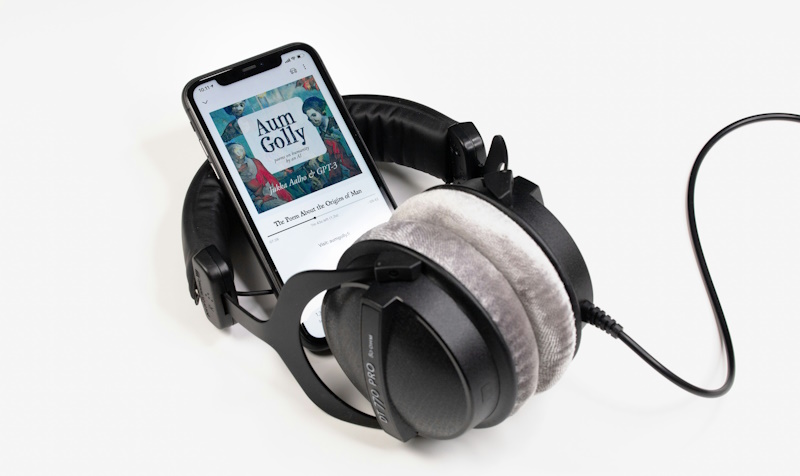Spotify audiobooks to impact songwriters earnings
Image credit: Jukka Aalho
With the new prevalence of non-musical content on Spotify, is it coming at the cost of those behind musical content?
Spotify have been betting beyond music to enhance their streaming platform. Originally adding podcasts and investing largely in the episodic format, they’re now looking to audiobooks. This culminated in last year’s addition of 15 hours free audiobook listening for Premium subscribers.
Spotify are now stating that they qualify for a discounted “bundle” rate to publishers who pay songwriters for premium streams, due to the addition of audiobooks. The claim is based on the fact that they now pay licensing for both books and music under the same subscription price. The intended reclassification applies to their duo and family plans too.
Billboard have done some maths to try and work out how this affects songwriters and publishers on Spotify. They predict that rightsholders could earn $150 million less in U.S. mechanical royalties from paying Spotify users in the first 12 months of the changes.
Billboard based their figures on Spotify’s service revenue, payments to labels, performance royalty rates, and other mechanical income related considerations. Considering the rise of these areas, Billboard made their estimated prediction.
After launching an audiobook-only tier, allowing users to subscribe to the 15 hours of audiobook listening without music, Spotify recently revealed an upcoming music-only tier. This may go some way to remunerating the revenues directed away from music publishers. By offering users a tier in which all of the revenues go to music rightsholders, they may assure user payments are not split into a larger pot with authors and book publishers.
Recent price rises of Spotify’s services will hopefully help to bolster their payments to artists. However, Spotify’s ventures into non-musical content means revenue is redirected to new sources.
Spotify wrote in a previous statement: “Spotify is on track to pay publishers and societies more in 2024 than in 2023. As our industry partners are aware, changes in our product portfolio mean that we are paying out in different ways based on terms agreed to by both streaming services and publishers. Multiple DSPs have long paid a lower rate for bundles versus a stand-alone music subscription, and our approach is consistent.”
